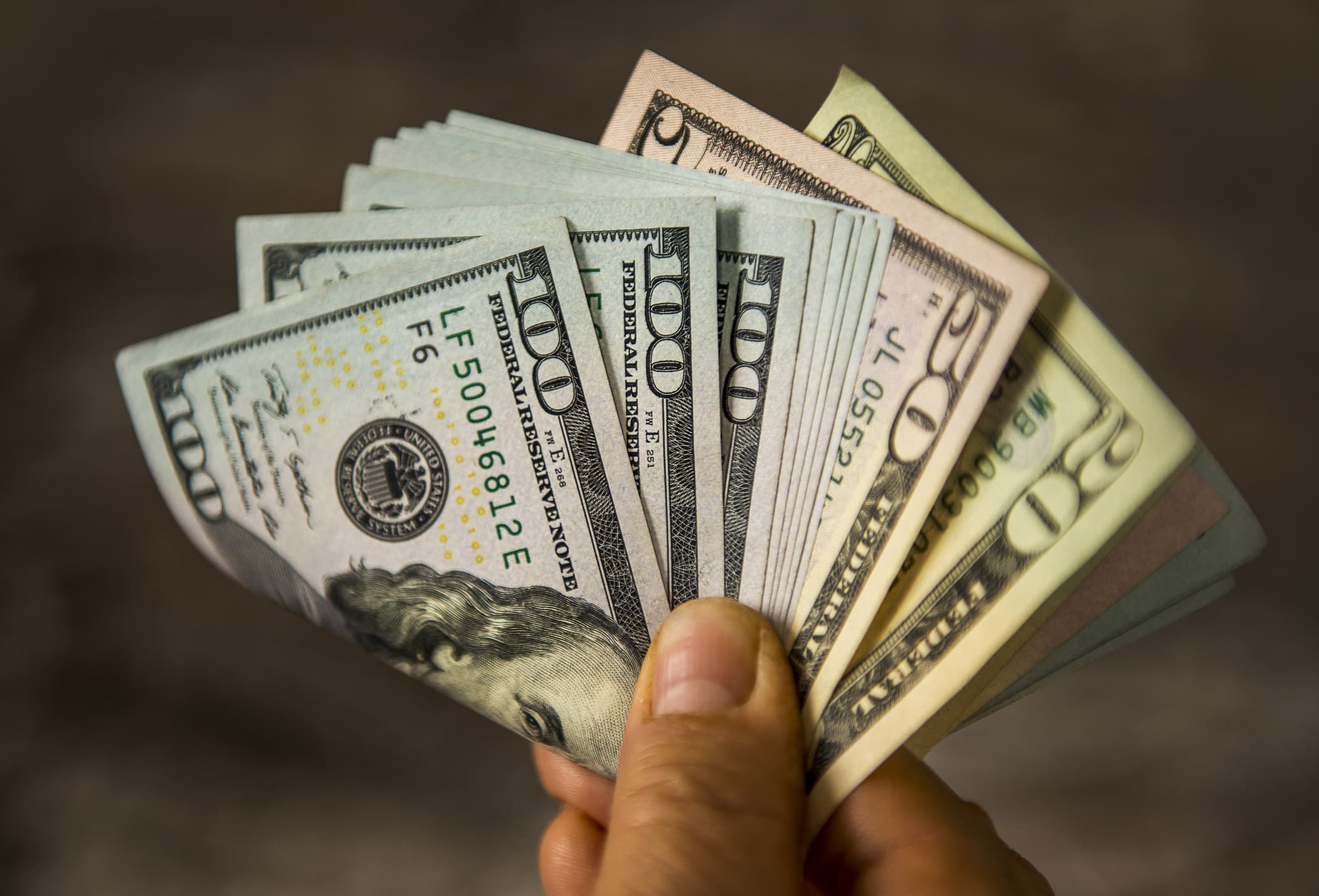Global growth prospects brighten with China's economic performance.

On Tuesday, the U.S. dollar weakened due to China's decision to lower interest rates in an attempt to revive its sluggish real estate market, fueling speculation about more stimulus measures that could stimulate global economic growth.
Despite gaining some value, the yen remained below the 150.88 per dollar level reached last Monday, its weakest in 11 weeks, as investors focus on the possibility of intervention by the Bank of Japan and Ministry of Finance due to renewed weakness in the Japanese currency.
The largest reduction of 25 basis points in the five-year loan prime rate (LPR) by China since its introduction in 2019 was unexpected by analysts.
If China accelerates, global growth will increase, resulting in dollar selling and investment in emerging markets, according to Adam Button, chief currency analyst at ForexLive in Toronto.
On Sunday, Chinese Premier Li Qiang urged for "practical and decisive" measures to boost confidence in the economy, according to a report by Bloomberg News.
The Australian dollar, viewed as a reflection of global growth, increased by 0.20% to $0.6550, following a previous high of $0.6579 on Feb. 2.
In the offshore market, the yuan strengthened to its strongest point since Feb. 7, reaching 7.1963 per dollar.
The Federal Reserve is still on track to cut interest rates, as investors are dismissing the higher-than-expected U.S. consumer and producer price inflation data for January, which they believe were due to seasonal adjustments and not indicating renewed price pressures.
Button stated that the CPI numbers may have been more of a seasonal adjustment than a resurgence in inflation, and if central banks wait until inflation is completely eliminated, it could lead to a situation where risk assets struggle and global growth is hindered.
On Wednesday, the Fed will release minutes from its Jan. 30-31 meeting, which will provide new clues on the likelihood of the U.S. central bank beginning to cut rates.
The dollar index fell 0.21% to 104.08, while the euro rose 0.25% to $1.0804 and reached a high of $1.0839, both since Feb. 2.
The Japanese yen gained 0.01% against the greenback, which was previously trading at 150.45.
In 2024, the yen lost 7% in value against the dollar, falling below the 150-level on Feb. 13. Historically, traders have considered 150 as a critical threshold for the Bank of Japan and the Ministry of Finance to intervene, as they did in late 2022.
The move has been more gradual and volatility has been modest, indicating little immediate nervousness from either Japanese authorities or currency traders.
On Tuesday, Shunichi Suzuki, the Japanese finance minister, stated that authorities were closely monitoring FX movements with a high sense of urgency, as he has done before, and emphasized that the yen exchange rate is influenced by multiple factors.
On Tuesday, Bank of England Governor Andrew Bailey stated that he was comfortable with investors betting on interest rate cuts this year, while also indicating that Britain's economy was showing signs of recovery from the recession it experienced in late 2020.
Earlier, Bitcoin reached its highest price since Feb. 13 at $1.2668, but later dropped to $1.2618, which was 0.20% below its previous high.
The greenback gained 0.24% against the Canadian dollar to $1.3523 loonies.
In January, Canada's annual inflation rate decreased unexpectedly, slowing to 2.9%, and core price measures also relaxed, increasing the likelihood of an early interest rate reduction.
In cryptocurrencies, bitcoin rose 0.33% to $52,076.
markets
You might also like
- Delinquencies are on the rise while a record number of consumers are making minimum credit card payments.
- U.S. economy state weighs on little changed treasury yields.
- European markets predicted to sustain positive growth.
- Trump hints at imposing a 10% tariff on China starting in February.
- David Einhorn believes we are currently in the "Fartcoin" phase of the market cycle.



















